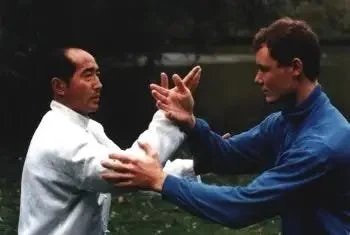How to Get in the Zone, On Demand
The match was over before it even began.
Tai Chi Push Hands
In November 2000, Josh Waitzkin, a former national chess master—he was the subject of the movie “Searching for Bobby Fischer”—was competing in the opening round of the Chung Hwa Cup, the world championship of the Tai Chi Push Hands martial art.
His opening match was supposed to be just after 9am. Around 8:30, Waitzkin went into his thirty minute pre-match routine. However, the matches did not proceed according to the official posted schedule (the Taiwanese officials of this tournament often devise tricks to throw off foreign competitors). Waitzkin had no food to snack on, and by noon he was starving and ate the greasy food he was given. Minutes after finishing his meal, he was called to the judges table and told that his match would begin immediately. He had no time to warm up or prepare. He was scattered, unfocused, and had a stomach full of greasy food.
Waitzkin was about to get his ass kicked, and he knew it.
He was obliterated in minutes and left the tournament shell-shocked. He was infuriated that he didn’t even give himself a real shot at competing due to his lack of flexibility as a performer. He also left determined to return again, ready for anything.
Underneath his astounding achievements, Josh Waitzkin is one of the best learners in the world. By this I mean that he has become world-class at becoming world-class. Often referred to as meta-learning, it is mastery of the learning process itself. I recently read Waitzkin’s book, The Art of Learning, and was shocked by the depth of his understanding of the learning process and its relationship to achieving and sustaining elite performance. If you’re interested in exploring that connection, I highly recommend reading this book.
When discussing peak performance, usually in an athletic context, people tend to focus almost exclusively on the big moments: the last leg of the race, the fourth and nine conversion to keep the game-winning drive alive, the clutch three to go to overtime and win. The moments where wins or losses are obviously decided.
I love the big moment, but I’m far more interested in everything behind that moment. What are the ongoing processes, routines, rhythms that elite performers have built into their lives? How do they train for adversity? We will explore these questions and more in the future of this blog, as they are critical to being consistently creative at a high level, which is one of my primary goals. For the balance of this post, we’ll focus on one principle: the dynamic between peak moments and moments of rest, and how to traverse the gap between them.
Back to Waitzkin: what had to change to get to the next level at the world championships?
He needed to master the ability to get in the zone, on demand. To be ready to go, at a moment’s notice, despite the appearance of unexpected or unfair distractions and obstacles. But how does a performer wrangle a state that is temporary and often fleeting?
One of the leaders in answering this question is Dr. Jim Loehr, a performance psychologist whose work I deeply respect that also cofounded the Human Performance Institute (HPI). Loehr and his team discovered that a key differentiator between elite and inconsistent performers is their approach to and use of rest periods while competing. As Waitzkin learned at HPI, “in virtually every discipline, one of the most telling features of a dominant performer is the routine use of recovery periods…players who are able to relax in brief moments of inactivity are almost always the ones who end up coming through when the game is on the line.”
Knowing that the ability to relax while competing is essential, what gets in its way? Fear. Fear that you won’t be able to get back into the zone if you break your concentration. You don’t hear much about how hard it is for a performer to allow themselves to relax.I feel this often — sometimes, I’m really in the zone and flowing, and I am afraid to stop because I don’t know if I can get back to that place. The key to overcoming this fear is developing the ability to get into the zone — or your “ideal performance state” as HPI calls it — at a moment’s notice.
The notion that the zone can be entered, on-demand, is extremely attractive. I salivate at the thought. As a lifelong athlete, I’ve always heard talk of the mysterious routines that athletes use to get in the zone. But that was where the conversation always ended — the power of such routines was acknowledged, but the method was neither explored nor revealed. I never understood how the process actually works. Josh is the first elite performer I’ve come across to discuss it openly.
In my own work, I’m now actively experimenting with the following process to get into the zone on demand. Here is the approach I’m taking, drawn from The Art of Learning.
Making it real: how to get into the zone on-demand
The process of learning to get into the zone on demand goes something like this:
Ritualize a routine around a capstone activity that reliably gets you into the zone (“the zone” being in a fully present and relaxed state)
Internalize the routine by practicing it for at least a month
Transfer the routine to your actual performance context
Compress the routine incrementally over a long period of time, until it is highly portable and condensed
Ritualize: build around a capstone activity
First, think of whatever you do in your life where you feel totally relaxed, present, and serene. Everyone has at least one of these: taking a morning walk with your daughter, going for a bike ride on a sunny day, taking a bath. What the activity is does not matter. It’s likely something you dismiss as “just taking a break.” This activity will be the capstone of your new routine, the state of mind that you want to build a reliable bridge to.
Next, create a simple routine leading up to this activity. It should look something like this:
Eat: you want to be fueled up, but not be overloaded or dulled. Eat a light snack for 10 minutes.
Breathe / meditate: do a simple 15 minute breathing exercise. This will help focus your mind and train you to let go of errant thoughts.
Stretch: you want to prepare and loosen up your body
Listen to music: whatever resonates with your tastes and puts you in the right mood for your capstone activity. Go for 10 minutes of music you love.
You should also couple it with at least a basic awareness of your times of optimal energy and creativity throughout the day. For me, this means scheduling work that calls for my best creative thinking outside the 1–4pm window, as those are consistently my lowest energy hours. I can bring it then if I have to, but it’s much easier for me to get into the zone outside those hours. I recommend exploring your best and worst hours via David Kadavy’s ‘mind management’ approach.
Internalize
This is simple. It’s also the most likely failure point in this process: Do your routine for a month, leading up to every single time you do your capstone activity.
For me, this is probably going to be biking or cooking, two activities which I thoroughly enjoy and during which I’m in a great mental state.
The point of this step of the process is to build an internal association between this routine and the desired mental state. As the phrase goes: nerves that fire together, wire together. This is a link you want to make.
Transfer
After you’ve consistently done your routine for a month, do the same routine before an important meeting, presentation, or other challenge where you really need to be on your game.
By now, your routine should bring on a well-established state of mind and is portable. That is, you can swap in a new activity in place of your previous capstone activity and retain the state of mind you have now conditioned to follow your routine.
Continue to do your routine leading up to each time you do your capstone activity, to keep strengthening the link between the routine and this state of mind.
Compress
Now that the routine is internalized, it must be reduced and compressed to be made portable. Challenges are unpredictable: like Waitzkin in his first world championships, we can’t rely on optimal conditions for performance. Doing so makes you inflexible and rigid, which means you are less able to flow, adapt, recover, and overcome in the face of challenges.
What you want to do is gradually, over a long period of time, shorten the routine. Eventually, you may get to the point where you can get the full benefit of a one-hour routine in one deep breath and exhalation. As Waitzkin describes:
The next step of the process is to gradually alter the routine so that it is similar enough so as to have the same physiological effect, but slightly different so as to make the “trigger” both lower-maintenance and more flexible. The key is to make the changes incrementally, slowly, so there is more similarity than difference from the last version of the routine. This process is systematic, straightforward, and rooted in the most stable of all principles: incremental growth.
The benefits of being able to get in the zone on-demand are staggering for any performer. As Waitzkin admitted, “the notion that I didn’t have to hold myself in a state of feverish concentration every second of a chess game was a huge liberation…I can’t tell you how liberating it is to know that relaxation is just a blink away from full awareness.”
Compound the ability to rapidly relax, recover, and refocus over the duration of any extended competition and it is a huge competitive advantage.

